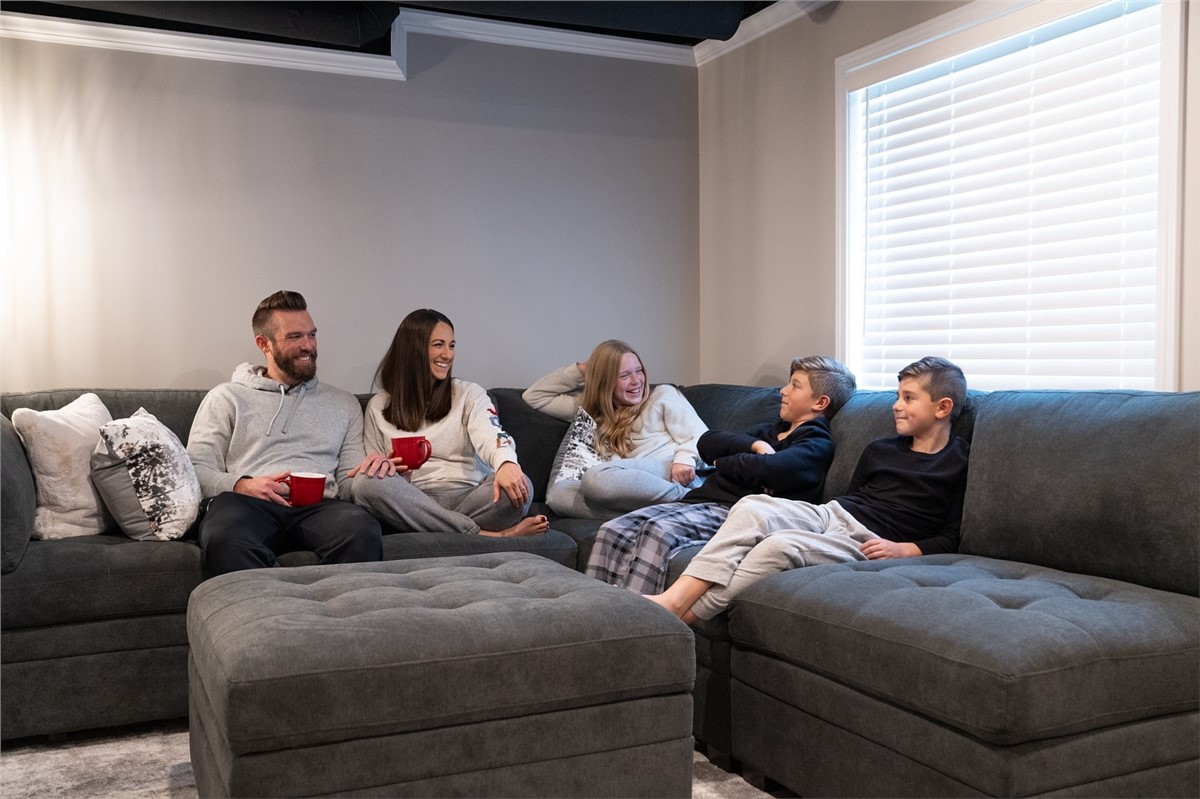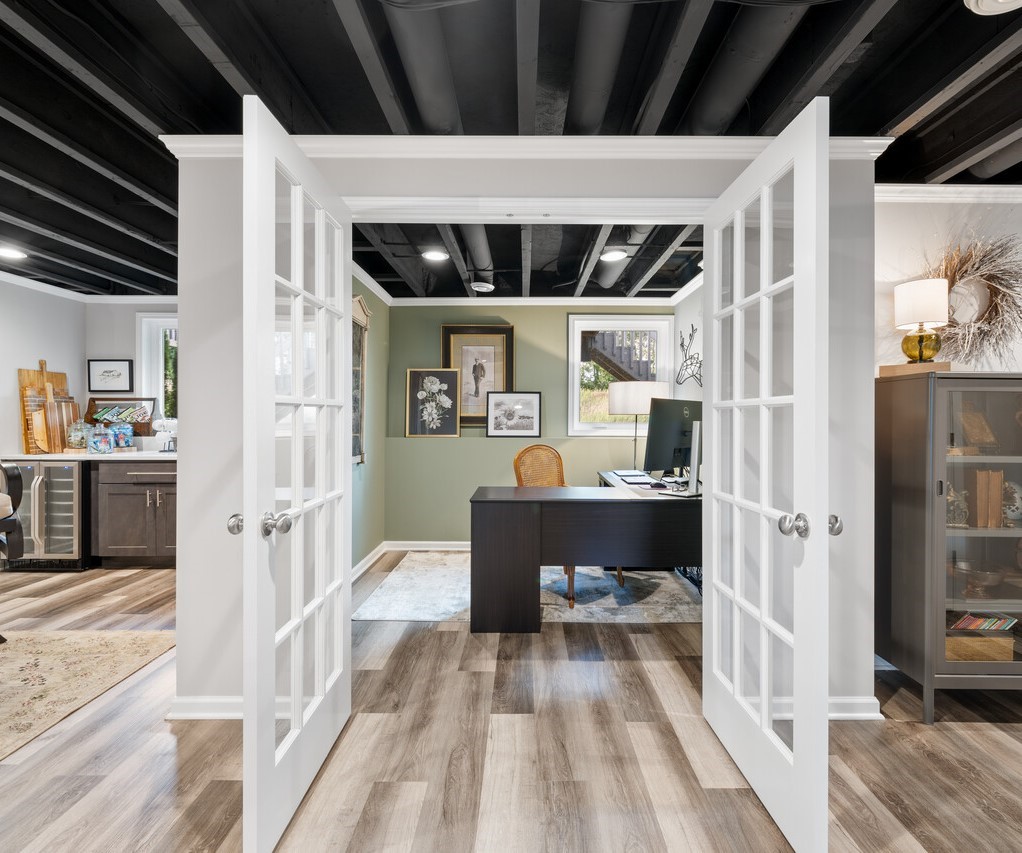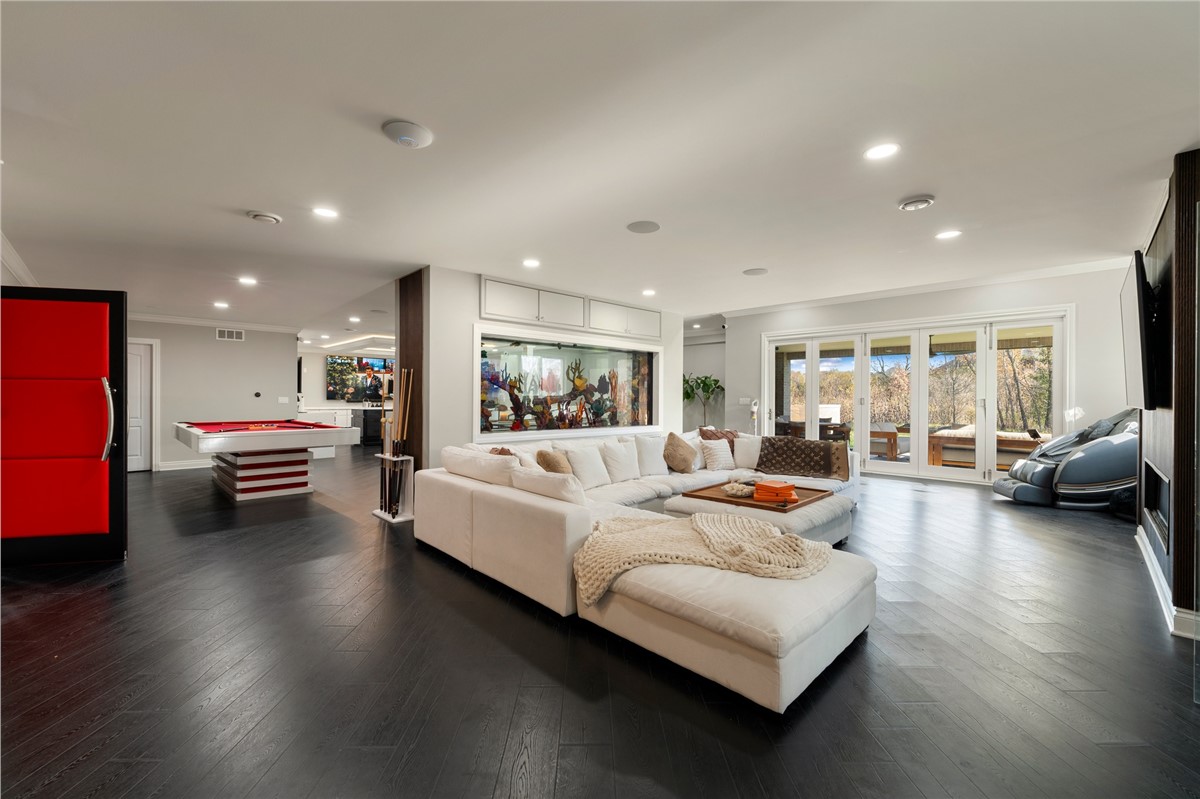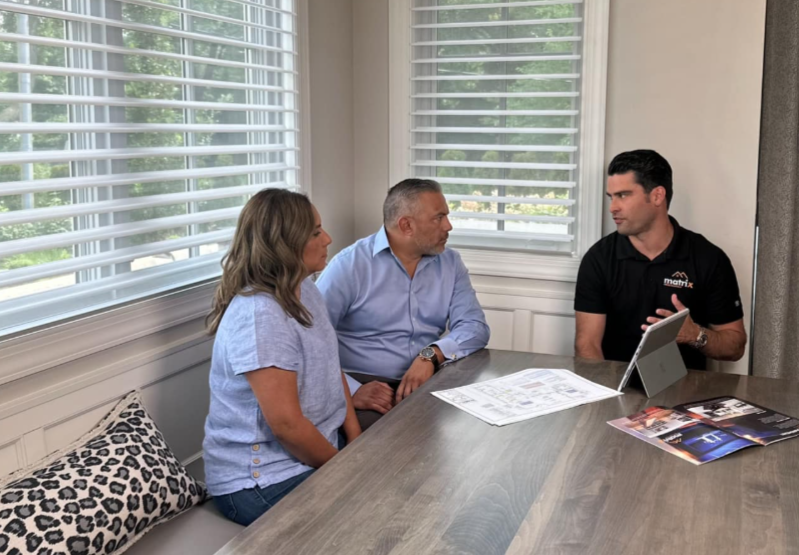Moving into a forever home is as pure an example of putting down roots as it gets.
“Forever” is a powerful word, so buying or building the place you plan to live in for the rest of your life is one of the biggest decisions anyone will ever make.
HGTV’s Property Brothers certainly recognize the appeal and popularity of dream/forever home aspirations. That’s why Jonathan and Drew Scott titled their 2016 book Dream Home: The Property Brothers’ Ultimate Guide to Finding & Fixing Your Perfect House and their recent TV show Property Brothers: Forever Home.
What is a forever home?
Traditionally, the term for a home where someone settles down for the rest of their life was “dream home”. A forever home essentially means the same thing and has become more frequently used in recent years.
Jonathan Scott was interviewed by Parade.com and was asked what the difference was between a regular home and a forever home. He replied, “You can see some people are in a house just because it functions okay for them. It checks the boxes for certain things that they need, but you can tell that they’re not emotionally connected to the house.”
There’s a reason we call them forever homes, not forever houses. A forever home is a place that has everything anyone could want and need, while emotionally connecting us to some of our most special memories.
So no pressure getting it right when buying or building your forever home then.
Everyone’s situation varies, so there is no set age for when it’s time to settle into a forever home. Some people may be able to attain their forever home goal in their 30s. Others may be into their senior years before they finally get their dream home.
3 unique considerations when buying a forever home
As with any home purchase or build, top of mind will be factors like your financial situation, career stability, square footage, and location.
There’s a good reason “location, location, location” is a real estate mantra. It pertains to several factors that will have a huge impact on your quality of life, including proximity to work, schools, and shopping, weather, property taxes, and crime rates.
Other things like architecture, landscaping requirements, storage space, space for kids to play and pets to roam, and general functionality are fairly universal home buying considerations.
There are some unique and important forward-thinking considerations one needs to make with a forever home that wouldn’t cross your mind if you were in the market for a starter home, however.
1. Futureproofing
One of the biggest considerations is anticipating your needs years down the road and trying to envision your future self. The unpredictability of life makes this perhaps your biggest challenge when buying or building a house to grow old in.
This is even more of a challenge if you’re buying at a younger age and expect to raise a family and eventually settle into retirement.
A forever home should be spacious enough that it suits your current lifestyle, but not so big you and your significant other find yourself with an abundance of empty rooms when you become empty nesters. Allow your home’s design to have as much flexibility and adaptability as you can.
2. Accessibility
Accessibility is another key consideration. Design with an eye toward the future so you can transition comfortably and as seamlessly as possible in your home as your golden years arrive.
Perhaps this means you locate the master bedroom on the main floor of the house. After all, that flight or two of stairs you can get up and down with ease in your middle age will assuredly be more of a concern as the years pass.
3. Building materials
Some of the most content forever home owners are the ones who thought of everything to eliminate the need for major renovation projects years in the future. This includes everything right down to the durability and quality of the building materials and products used in their home.
For example, some shingles have a lifespan of about 25 years, while more expensive shingle products can last up to 50 years. Other home exterior products like siding, flooring, and appliances are additional examples of buying decisions that can be influenced by long-term homeownership.
Spending a little more on high-quality building materials and products for a forever home will minimize the need for maintenance, upgrades, and replacement purchases later on.
Continue Reading: https://www.garageliving.com/blog/forever-home-ideas/
Tags
Subscribe to Matrix Basements's Blog







Comments